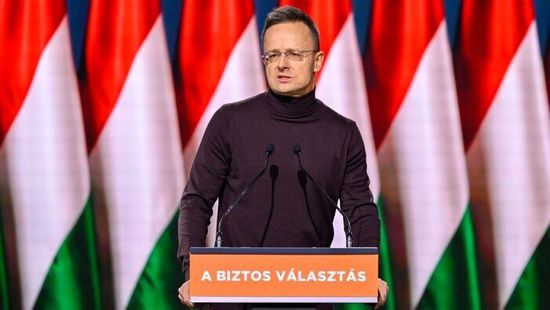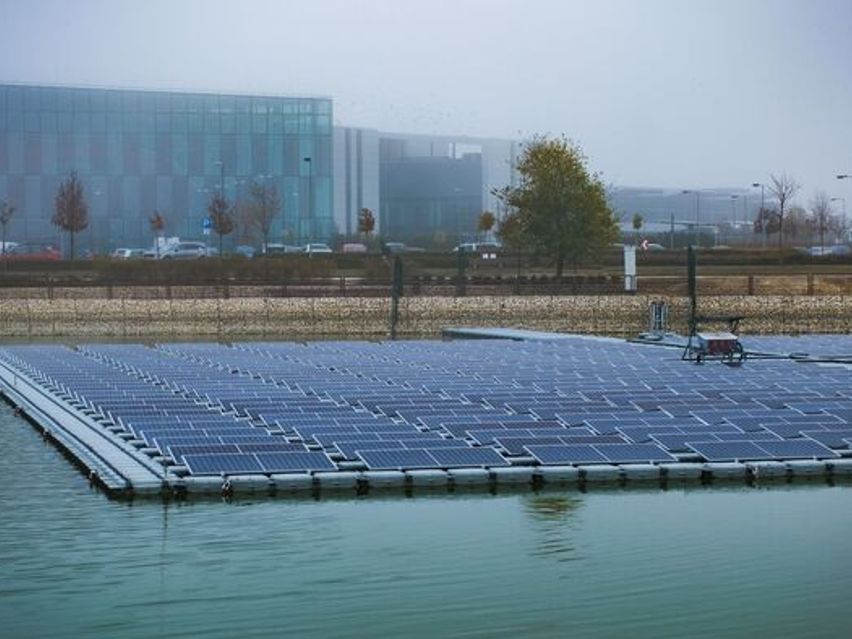Hungary is an outstanding performer among European social indicators with a long-term poverty risk of just four percent, the lowest in the European Union, the latest data show. This figure is influenced by a number of factors, including economic policy, social protection systems and the state of the labor market, according to EU statistics reviewed by news portal Rtvslo.si.
In recent years, Hungary's economy has been growing steadily, which has had a significant impact on improving welfare indicators. The stable economic environment has allowed the government to introduce various social programs and tax incentives to support families in need and to improve their income situation. The increase in employment rates and a decline in unemployment also contribute to the positive statistics. Labor market programs, further training and retraining opportunities help people to remain competitive in the labor market and avoid long-term unemployment.
"Last year, 94.6 million people, or 21.4% of the EU population, were at risk of poverty or social exclusion. This means that these individuals lived in a household where at least one of the following three risks were present: risk of poverty, severe material and social deprivation, or living in a household with very low work intensity," according to a comparison by the Morel news portal. Interestingly, this risk was associated more often with women than with men, and more often with young adults than with older adults. Education also played a significant role, with those having lower levels of education at higher risk, the Vecer news portal writes.
Poverty risk levels (levels of disposable income after social transfers under 60% of the national median equivalized disposable income) is one of three criteria used to identify people at risk of poverty or social exclusion.
According to Eurostat's methodology, a person is considered socially vulnerable if he or she is at risk of poverty, suffers material or social deprivation, or has low work intensity (working-age individuals in a household worked less than 20% of their combined potential working time in the last 12 months).
In 2022, 95.3 million people, or 21.6% of the EU population, were still considered at risk of poverty and social exclusion. The issue of poverty is back in the spotlight in Europe today, as rising energy and food prices have placed an additional burdens on those with low incomes. At the EU level, the risk of social exclusion is also increasing, as living conditions below the poverty threshold and social exclusion are often intertwined. In our country, 18.5 percent of the population were considered vulnerable back in 2022. This figure puts our country ahead of France, Germany, Belgium and Sweden, which are often cited as exemplary role models.























Szóljon hozzá!
Jelenleg csak a hozzászólások egy kis részét látja. Hozzászóláshoz és a további kommentek megtekintéséhez lépjen be, vagy regisztráljon!